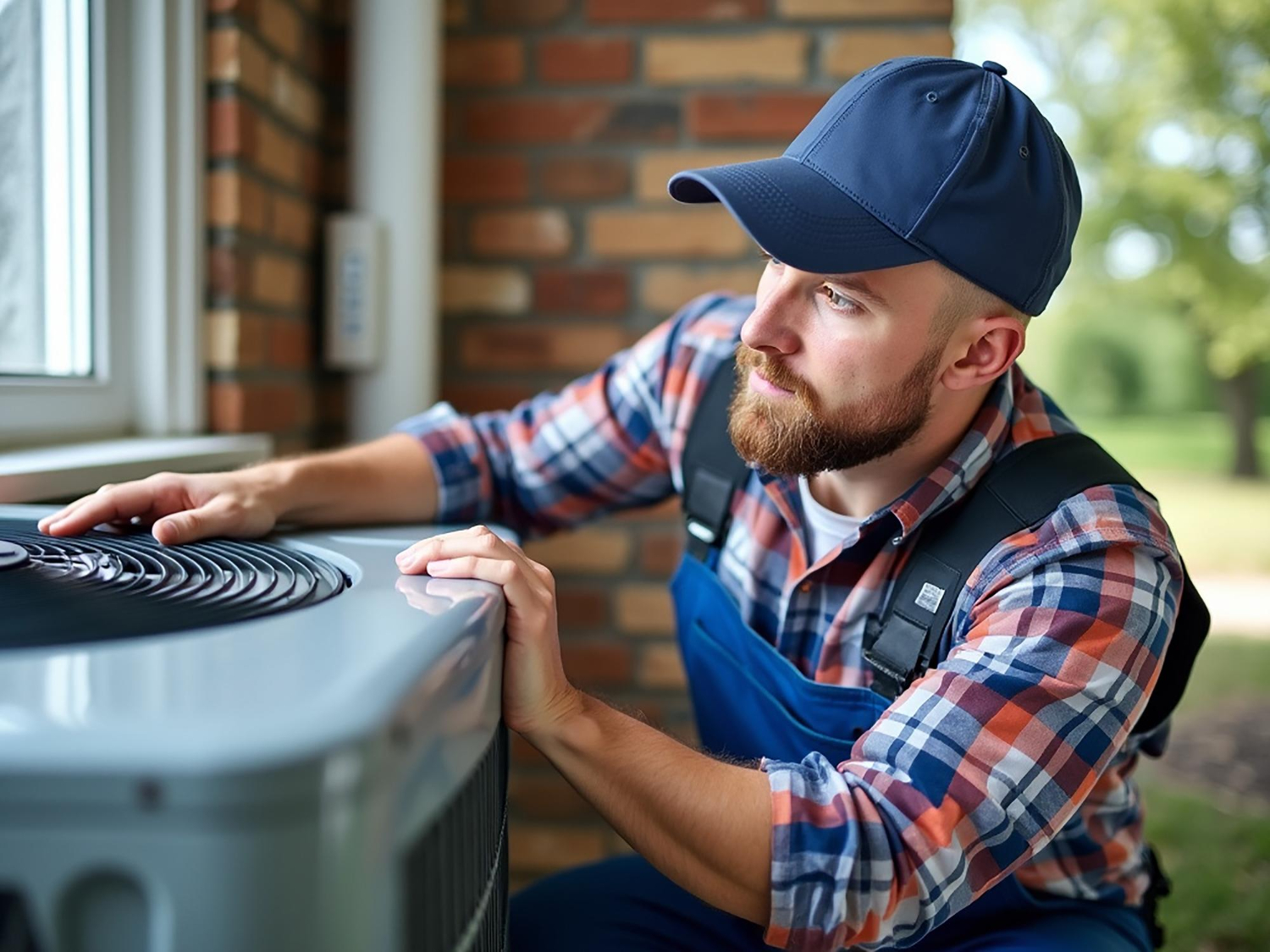Installing a new heating system in your home is a significant investment that requires careful planning and execution. A reliable heating system ensures a comfortable living environment during the colder months and can improve your home’s energy efficiency. Understanding the essential steps involved in heating installation can help homeowners make informed decisions and ensure a smooth installation process.
Choosing the Right Heating System for Your Home
Selecting the right heating system for your home involves considering several factors. Different systems have varied benefits, and understanding these can help you make an informed decision. Start by assessing the size and structure of your home. A large home may require a more robust system, such as a furnace, while a smaller home might benefit from a heat pump.
Next, think about energy efficiency. Energy-efficient systems can save you money on utility bills and reduce your carbon footprint. Look for systems with high AFUE (Annual Fuel Utilization Efficiency) ratings for the best performance.
Additionally, consider your budget for both installation and ongoing maintenance. While some systems may have a higher initial cost, they might offer lower maintenance expenses in the long run. Consulting our professionals can help you weigh these factors and choose the best heating system tailored to your needs.
Preparing Your Home for Heating Installation
Proper preparation is essential for a smooth heating installation process. Start by clearing the installation area of any obstructions. This ensures that our technicians have easy access to the installation site and can work efficiently.
Next, ensure your existing ductwork is in good condition. Leaky or inefficient ducts can reduce the effectiveness of your new heating system. Have our professionals inspect and repair any issues before installation.
Finally, arrange for any necessary electrical upgrades. Modern heating systems may require specific electrical configurations. Having an electrician review and, if needed, update your electrical system can prevent delays and ensure a safe installation. Preparing your home thoroughly allows for a seamless installation and optimal performance of your new heating system.
Step-by-Step Heating Installation Process
Understanding the heating installation process helps ensure everything goes smoothly. Here is a simplified step-by-step guide:
1. Initial Assessment: Our technicians will evaluate your home’s heating needs and confirm the best location for the new system. This includes checking for space availability and proper ventilation.
2. Removing the Old System: If there is an existing heating system, we will remove it carefully. This involves disconnecting it from power sources, fuel lines, and ductwork.
3. Preparing the Installation Site: We prepare the site for installation by ensuring the area is clean and free of obstructions. This step might include modifying ductwork or making minor structural changes to accommodate the new system.
4. Installing the New System: Our professionals will position the new heating system in place and connect it to the ductwork, fuel lines, and electrical systems. This step requires precision to ensure all connections are secure and leak-free.
5. System Testing: After installation, our technicians will test the system to ensure it operates correctly. This includes checking airflow, thermostat settings, and overall system performance.
6. Final Inspection: Once testing is complete, we will inspect the system thoroughly to guarantee it meets all safety and performance standards.
Post-Installation Tips and Maintenance
Proper maintenance after the installation is crucial for long-term performance. Follow these tips to keep your heating system in top condition:
1. Regular Filter Replacement: Replace the air filters every 1-3 months, depending on usage. Clean filters ensure efficient airflow and reduce strain on the system.
2. Scheduled Maintenance: Arrange regular maintenance through our heating service. Annual inspections and tune-ups by our professionals can prevent unexpected breakdowns and extend the system’s life.
3. Monitor Thermostat Settings: Keep an eye on your thermostat settings. Make sure the temperature is set to a comfortable level and adjust it seasonally. Programmable thermostats can help maintain optimal settings without manual adjustments.
4. Check for Obstructions: Periodically check that vents and registers are clear of obstructions. Blocked vents can reduce efficiency and unevenly distribute heat throughout your home.
5. Listen for Unusual Noises: Stay alert for any strange noises coming from your heating system. Unusual sounds can indicate a problem that may require immediate heater repair.
6. Inspect the Area Around the System: Ensure the area around your heating system is clean and free of clutter. This allows for proper ventilation and easy access for maintenance.
Conclusion
A smooth heating installation process and diligent post-installation maintenance are essential for ensuring your new heating system’s efficiency and longevity. By choosing the right heating system, preparing your home adequately, understanding the installation steps, and following our maintenance tips, you can enjoy a comfortable and warm home during colder months.
For expert heating installation services in Apple Valley, trust us at Masco & Sons. Our team is ready to provide professional and reliable service tailored to your home’s needs. Contact us today to schedule your heating installation and ensure your home’s comfort.


